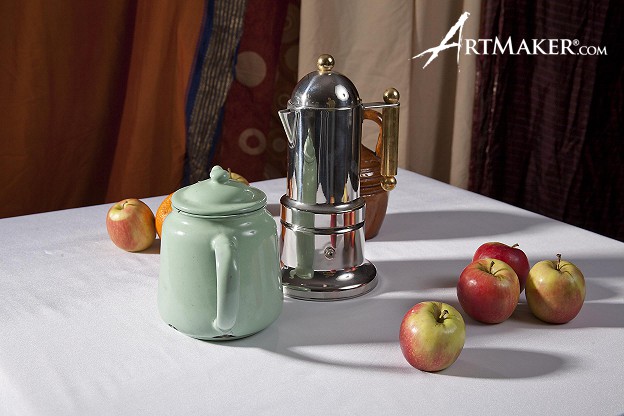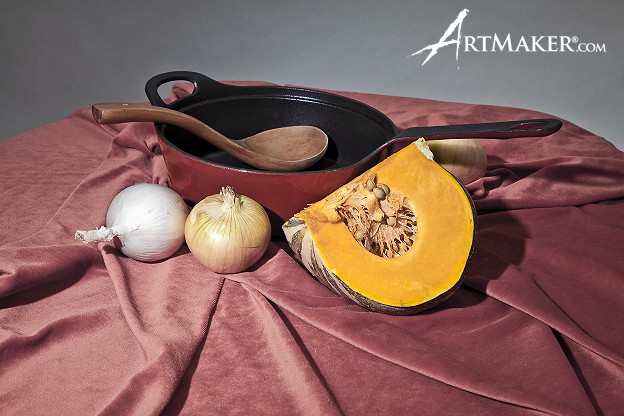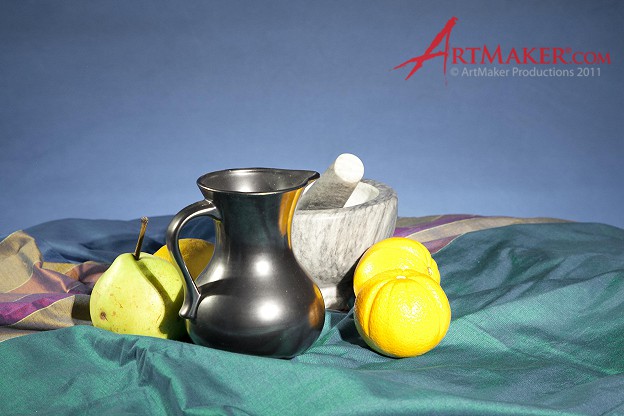5/10 Shading with Pencils 2 (Preview)
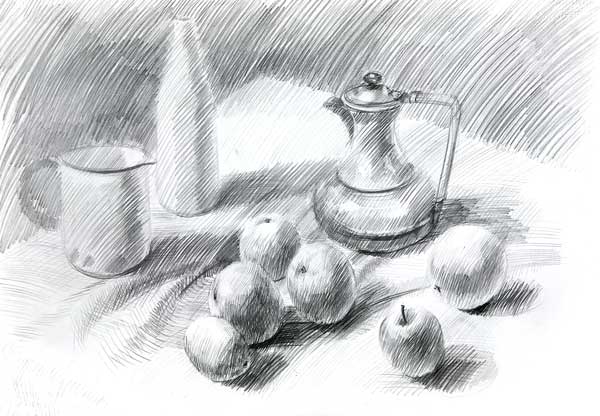
Using different grades of pencil to compose a complete picture, with atmosphere, and subject matter.

LESSON PREPARATION
Getting ready to view the lesson
If you are watching the video tutorial on a computer (eg laptop, interactive whiteboard, digital projector) you can view the PDF resources on the screen.
If you are watching the video tutorial on a television, you may want to print the Workshop PDF on this page ahead of time, from your computer.
This lesson, Still Life 5/10, contains the following:
Still Life 5/10 Lesson Overview
Still Life 5/10 Activity
Still Life 5/10 Extension
Still Life 5/10 Posters (available in PDF)
These are posters of the finished artworks as created in the episode. You can choose to view this on the screen or whiteboard, you can print in black and white, or colour, or all of the above.
MATERIALS USED IN THIS LESSON
A selection of graphite pencils, kneadable and plastic or vinyl erasers and a view finder.
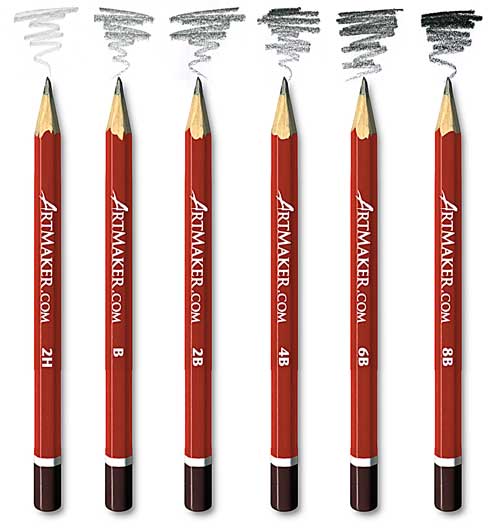
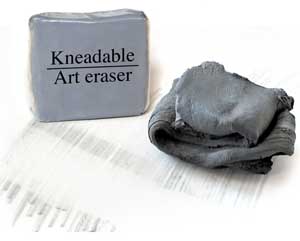
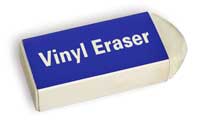
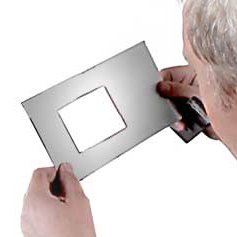
EQUIPMENT USED IN THIS LESSON
Drawing board, clips, easel & paper and spotlight
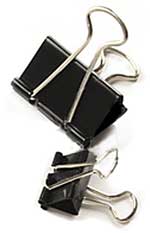
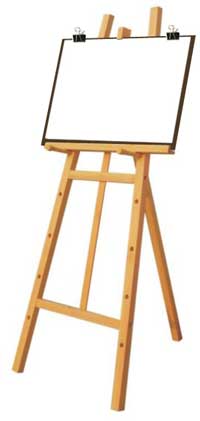
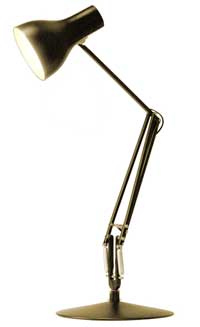
SUBJECTS USED IN THE VIDEO LESSON
Assortment of fruit; e.g. apples & oranges, medium sized ceramic bottle. metallic kettle, small jug.
1) A cardboard frame helps compose your drawing and identify context.
2) The spaces between objects are just as important as the objects themselves. Consider proportion of these negative spaces when deciding on your composition.
3) Make sure you’re happy with the size and position of the objects in your drawing before you begin adding tone.
4) Build your two tone drawing with this single direction hatching until you create a bed of tone. A pencil extender will allow you to make longer, clean marks and easily cover your page.
5) Drawing background objects first will allow you to clean up foreground items with an eraser
6) Shading across the edge of an object will reduce its contrast and help to integrate the object into the whole composition.
7) Use an eraser to add highlights after your tone has been
blocked in.
8) Differences in detail, contrast and the sharpness of hatching marks can all be used to describe distance within the composition. Add extra hatching to objects of focus to bring them forward and give them more attention.
9) Try using hatching marks to describe lines of detail, rather than using solid lines which will flatten your drawing.
10) Don’t be afraid to understate detail in distant objects to avoid distracting the eye from your main subject. Good use of varied tone will create a dynamic drawing with and atmospheric feel and convincing spatial depth
Set up a still life with simple subject matter on a table, the table creates background shapes in your composition, note the negative space in your drawing, this is activated by your view finder
Use a viewer to establish composition, this crops the composition and makes the students drawing engage the side of the paper, its good to encourage students to close in on the subject.
1. Pre-colour paper with dry pastel, smudging and erasing to form soft abstract shapes, graphite will be able to be blurred when it goes over pastel, the pastel does not have to cover large areas.
2. Place down a field of soft white pastel where the subject is to go, this has the effect of making hard and light pencils say a 2H-HB look like a 2B-4B and also the graphite becomes moveable, all of which creates interest and focus.
3. This class also works on a high-key level , that is if the darkest mark is the strength of an HB pencil and the drawing is basically quiet light but with a readable tonal structure.
4. Following on from the high-key activity the drawing is to be generally created in a high-key fashion with hard light pencils but the subject is to be drawn in full tone, i.e. pencils ranging up to 6 or 8B.
5. Draw as per the tutorial and brush on shellac or an light ink wash, this adds a subtle colour as well tone and may again bring an interest to a designated subject.

